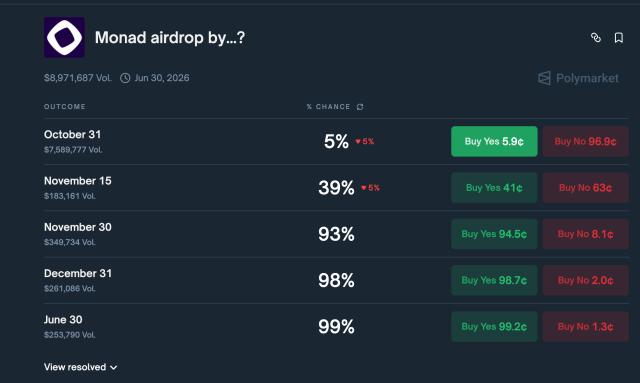The African cryptocurrency landscape is undergoing significant transformation as Kenya establishes comprehensive regulatory frameworks through its Virtual Asset Service Providers Bill. This landmark legislation creates a multi-agency oversight system involving the Central Bank of Kenya and Communications Authority, implementing formal licensing requirements for crypto businesses. Such regulatory clarity represents a crucial step toward mainstream adoption of digital assets including USDT, providing the legal infrastructure necessary for stablecoin integration into formal financial systems. The timing coincides with growing Lightning Network adoption across the continent, suggesting Africa may be positioning itself as a testing ground for innovative cryptocurrency implementations. These developments create fertile ground for USDT's expansion as traders and businesses seek dollar-pegged stability amid local currency volatility. The regulatory advances demonstrate government recognition of cryptocurrency's economic potential while establishing consumer protection mechanisms that could accelerate institutional participation. As African nations continue developing their digital asset frameworks, USDT stands to benefit from increased regulatory certainty and growing payment infrastructure, potentially driving broader financial inclusion across the continent's rapidly digitizing economies.
Africa Crypto News Week in Review: Regulatory Advances and Lightning Network Adoption
Kenya's parliament has passed the VIRTUAL Asset Service Providers (VASP) Bill, marking the country's first comprehensive crypto legislation. The bill establishes a multi-agency regulatory framework involving the Central Bank of Kenya and the Communications Authority, creating a licensing system for crypto businesses. This move is expected to accelerate adoption while providing clarity for operators.
Uganda's central bank digital currency (CBDC) pilot faces headwinds as stablecoins like USDC and USDT gain traction. The diminishing enthusiasm for CBDCs contrasts with growing private-sector alternatives that offer stability and cross-border efficiency.
South Africa sees a significant infrastructure upgrade with Bitcoin Lightning Network integration across 650,000 merchants. The Layer-2 solution, currently supporting $471 million in capacity according to 1ml data, enables low-cost BTC transactions at scale—a potential game-changer for retail crypto payments across the continent.
Analysts Favor Mutuum Finance (MUTM) as Top Sub-$0.05 Crypto with 500% Growth Potential
Amid a market saturated with meme coins and capped upside in large-cap tokens, early-stage utility projects like Mutuum Finance (MUTM) are gaining traction. Priced at $0.035, the Ethereum-based DeFi protocol is drawing analyst attention for its 500% appreciation potential by launch, anchored by tangible lending infrastructure and transparent presale mechanics.
Mutuum Finance distinguishes itself through a dual lending architecture: Peer-to-Contract (P2C) pools for mainstream assets like ETH and USDT, and Peer-to-Peer (P2P) agreements for niche tokens. This hybrid model ties token value directly to platform utility—a rarity in hype-driven markets.
Tether and Circle Inject $1.75B in Stablecoins as Market Eyes Rebound; $MAXI and $PEPENODE Gain Traction
Trump's tariffs on China triggered a $20 billion crypto market sell-off, with $BTC and $ETH bearing the brunt of the downturn. The sharp decline, however, has set the stage for a swift liquidity response from major stablecoin issuers.
Tether and Circle minted a combined $1.75 billion in new stablecoins over the weekend—$1 billion in $USDT on ethereum and $750 million in $USDC on Solana. This marks one of the largest short-term inflows this year, historically a precursor to market rebounds as institutional players reposition to buy the dip.
Bitmine's $480 million $ETH accumulation signals smart money is already moving back into the market. Meanwhile, retail investors are turning to presale plays like $MAXI and $PEPENODE, viewing them as high-upside bets ahead of the anticipated recovery.
Tether's total supply now stands at $182 billion, while Circle's $USDC circulates $75.8 billion. Large stablecoin issuances often precede capital deployment into $BTC, $ETH, and select altcoins—a pattern that may repeat as liquidity floods back into the sector.





